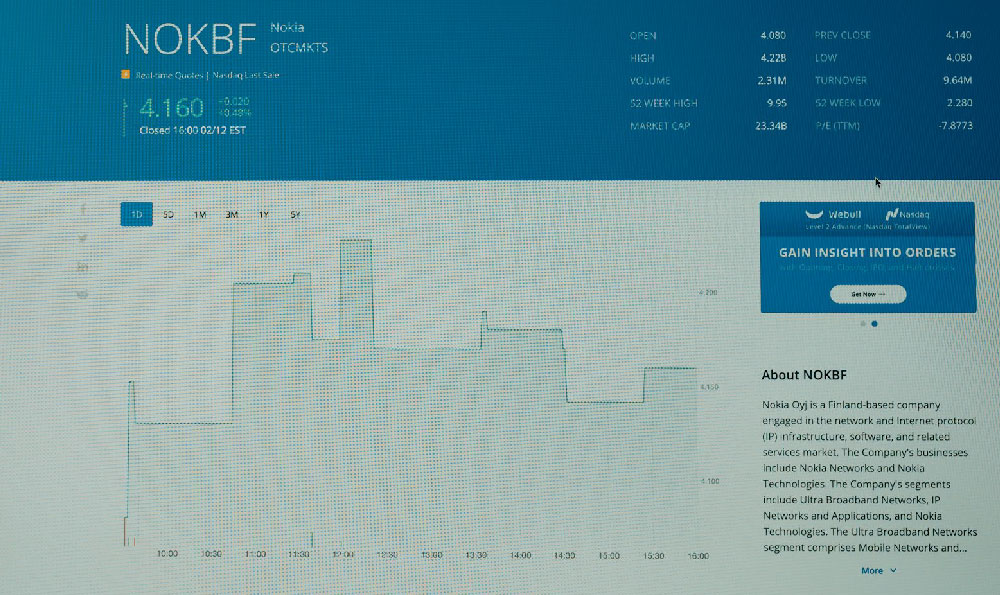Physical Therapist salary has long been a topic of interest for those considering a career in healthcare, particularly for individuals seeking a profession that balances financial stability with meaningful work. The earning potential of physical therapists varies significantly depending on geographic location, years of experience, specialization, and the type of employment setting. In the United States, the Bureau of Labor Statistics (BLS) reports that the median annual wage for physical therapists was $90,350 as of 2022, placing them among the higher-earning professions in the healthcare field. However, this figure only tells part of the story. To evaluate whether the salary is good money, one must consider the broader economic context, the cost of education and certification, the work environment, and the long-term earning potential of the profession.
The financial value of a physical therapist career is often assessed against the substantial investment required to enter the field. A Bachelor's degree in a related field, such as exercise science or kinesiology, is typically the first step, followed by a Doctor of Physical Therapy (DPT) program that can take three years and often involves significant tuition fees. In 2023, the average cost of a DPT program in the U.S. ranges from $100,000 to $150,000, with additional expenses for licensing exams, malpractice insurance, and continuing education. While the initial student debt may be high, the long-term earning capacity of the profession can offset these costs, especially as therapists gain experience and develop specialized skills. For example, those who work in private practice or specialize in areas like sports therapy, orthopedics, or geriatric care often command higher salaries than general practitioners. In contrast, therapists working in public hospitals or government-funded programs may receive lower wages but benefit from better benefits packages, such as health insurance and retirement contributions.
Geographic location plays a pivotal role in determining salary levels. Urban areas with high demand for healthcare services, such as major metropolitan cities, tend to offer higher compensation compared to rural or remote regions. According to a 2023 survey by the American Physical Therapy Association (APTA), physical therapists in the Northeast and West Coast regions earned significantly more than their counterparts in the South and Midwest. Additionally, states with aging populations, such as Florida and California, have seen a surge in demand for physical therapy services, further driving up salaries. In contrast, regions with lower healthcare expenditures or fewer patients may offer lower wages, despite the same level of expertise.

The work environment also influences financial rewards. Physical therapists working in outpatient clinics or private practices often have the flexibility to set their own schedules, which can lead to higher earnings through overtime work or additional income streams. However, this independence comes with the burden of managing business operations, including marketing, staffing, and overhead costs. On the other hand, those employed in hospitals or rehabilitation centers may earn more predictable salaries but have less autonomy in their work. Moreover, the nature of the job itself, which can be physically demanding and require long hours, may affect the overall financial satisfaction of the profession.
The financial viability of a career as a physical therapist is further impacted by market trends and the broader healthcare landscape. The aging population, coupled with the rising prevalence of chronic conditions such as obesity and diabetes, has created a growing demand for physical therapy services. This increased demand is expected to continue, with the BLS projecting a 18% growth in physical therapy jobs between 2022 and 2032. As the profession becomes more established, there is potential for increased competition, which could affect salary trends. However, the versatility of the profession, with opportunities in various sectors such as schools, sports teams, and corporate wellness programs, may provide additional avenues for financial growth.
Beyond the numbers, the financial worth of a career as a physical therapist is often tied to personal values and lifestyle preferences. For those who prioritize work-life balance, the salary may be sufficient, but for those willing to invest in advanced training or take on leadership roles, higher earnings are achievable. Additionally, the profession offers opportunities for self-employment, which can lead to greater financial independence. However, the decision to pursue a physical therapy career should also take into account the personal sacrifices, such as the time and financial investment required for education, as well as the potential for job satisfaction and professional fulfillment.
In conclusion, whether a physical therapist salary is considered good money depends on a multitude of factors, including personal financial goals, educational investment, geographic location, and career trajectory. While the profession offers competitive wages and long-term earning potential, it is essential to weigh these against the costs and demands of the field. For individuals who are passionate about helping others and willing to commit to the necessary training and effort, a physical therapy career can be both financially rewarding and personally fulfilling. However, for those seeking rapid financial growth with minimal investment, alternative career paths may need to be considered. Ultimately, the decision to pursue a career in physical therapy is a balance between financial opportunity and personal passion, and it is crucial to approach it with a realistic understanding of both.












